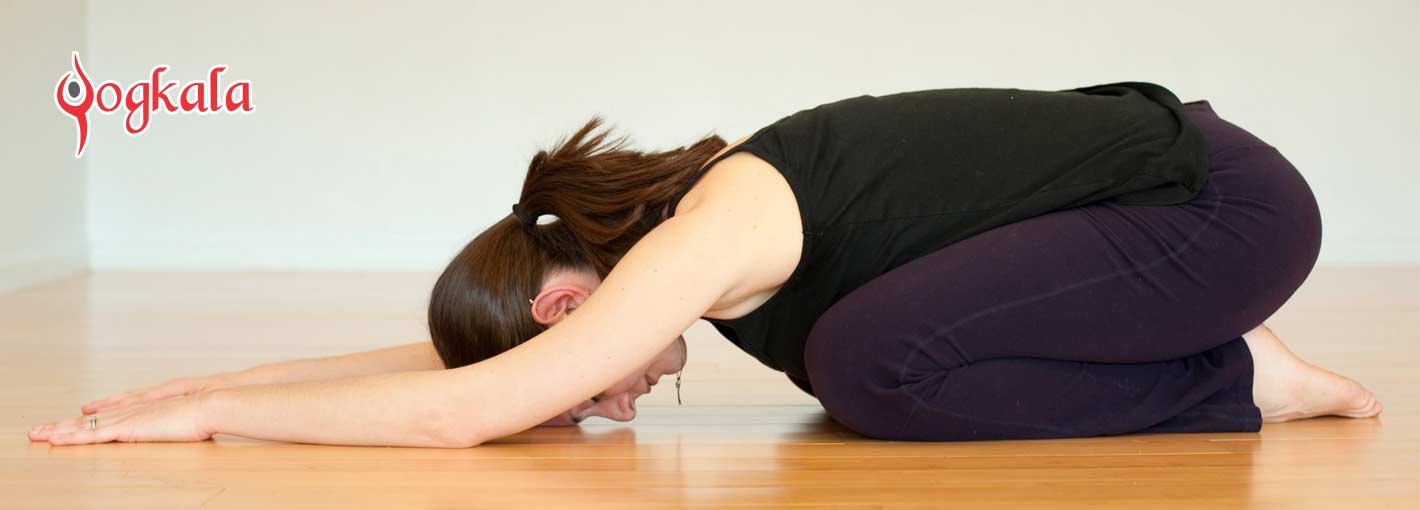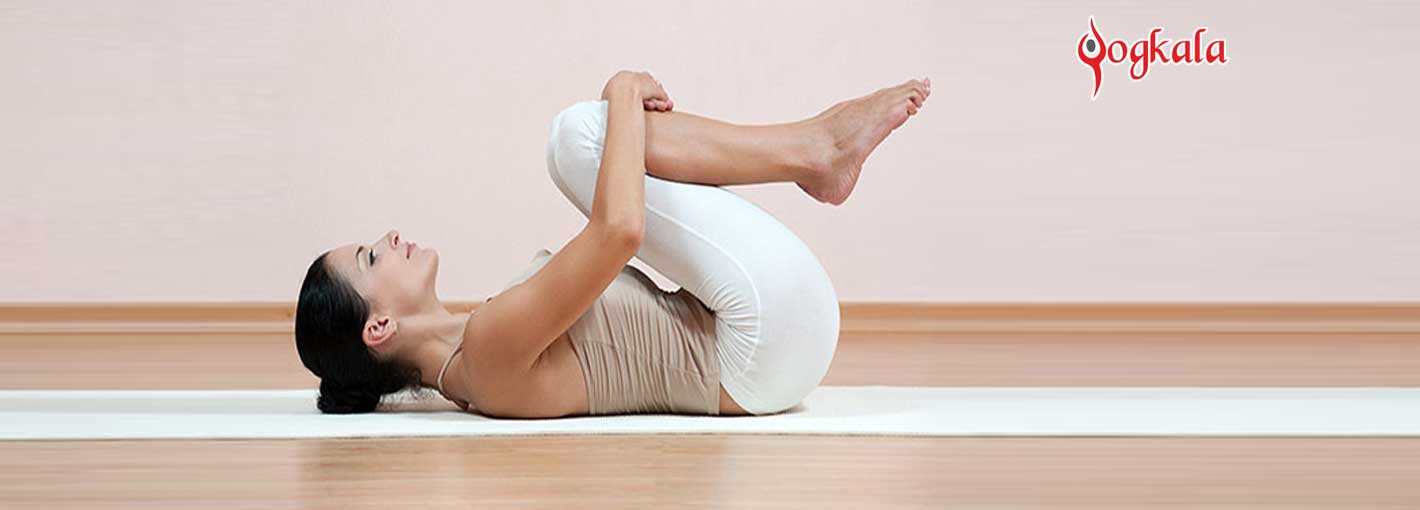Yoga Nidra Meditation: To Relax the Body and Brain
Most of the people spend their days running from one place to another and always trying to get forward. As a result their mind can be so troubled and disturbed from the day to day grinding that it appears nearly impossible to have a calm and relaxed mind even in their downtime. This can leave them turning around situations all night.
If you are one of the victims then you should practice Yoga Nidra Meditation. The regular practice of Yoga Nidra can release muscle stress, regulate the breathing, slow down the heart rate and lower blood pressure.
While several people treat yoga as a body exercise, the truth is a daily yoga routine gives deep restoration to your body and brain. To make your practice more powerful, it is perfect to end your yoga sequence with Yoga Nidra Meditation.
As a car engine requires turning off and allowing cooling after a long drive, the same we require cooling our body with yoga nidra after practicing yoga poses. It helps protect and consolidate the energy from the practice of yoga postures. Yoga Nidra calms the entire system of your body, making it ready for the pranayam yoga and meditation. So it is crucial to keep enough time for nidra meditation after doing yoga poses.
How to do Yoga Nidra Meditation:
- In Nidra Meditation, you need to draw your attention to several parts of the body that activates the nerves in those sections and helps to integrate the effect of the asana into your whole system.
- It is the best idea to wrap yourself with a blanket to keep you warm. The body gets warm while practicing postures and a quick drop in temperature is not right.
- Now lie down erect in Shavasana or Corpse Pose. Close your eyes and rest. Take deep breaths in and out. But keep in mind; take slow and relaxed inhaling and not fast breaths.
You May Also Like: Healing Meditation: To Increase Your Creativity and Reduce Your Pain
Tip: If you have any discomfort or feel pain in lower back, change your pose or use a pillow to lift the legs up a little for more relief.
- Begin with gently taking your attention to your right leg. Focus your attention there for a couple of seconds when you relax your leg. Then slowly shift your attention upwards to the right knee, right thigh and hip (do again for a few seconds). Be aware of your entire right leg and then repeat this procedure for the left leg.
- Same as this process, take your attention to all your body parts like right arm, right shoulder, stomach, genital area, chest and navel region followed by the face, throat, left arm, left shoulder and the top of the head.
- Deeply inhale, feel the sensations in your body and calm down in this immobile stage for a couple of minutes.
- Now, gradually becoming aware of your body and your surroundings, move to the right side and remain lying down for a few more minutes.
- Just take your own time, you may then gradually sit up and whenever you observe comfortable situation, slowly open your eyes.
Sukshma Yoga is also done as one of the rapid ways of relaxation. Thus, Yoga Nidra Meditation is a cheerful and effortless way to complete your yoga practice.
Yoga Nidra Meditation
Yoga nidra is one of the types of pratyahara where the awareness is internalized. Exactly, in Yoga nidra the body sleeps but the brain remains awake listening to your instructions. In the psychology, the stage achieved in yoga nidra is called the Hypnogogic stage; a stage between sleep and wakefulness.
Some Incredible Benefits of Yoga Nidra Meditation
- Calms down the body and restoring normal body temperature
- Stimulates the nervous system to absorb the effects of yoga poses
- Reduces tension and trains the mind
- Relaxes the mind and clears up the unconsciousness
- Neutralizes stress and manages psychological disorders
- Flushes out body toxins
- Controls psychological ailments
Its Outstanding Contribution in Cancer:
As a technique of meditation, this yoga nidra can be taken up as a therapeutic model in the healing of cancer. In this cancer therapy yoga nidra works at 4 diverse levels:
- By mental healing
- By released repressed matter
- By pranic healing
- By promoting willpower







